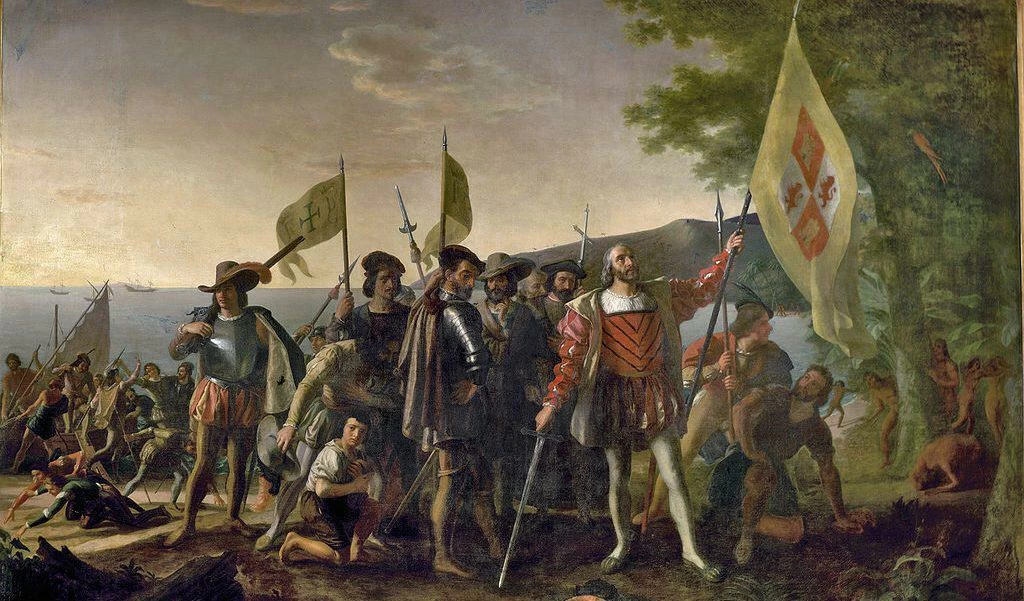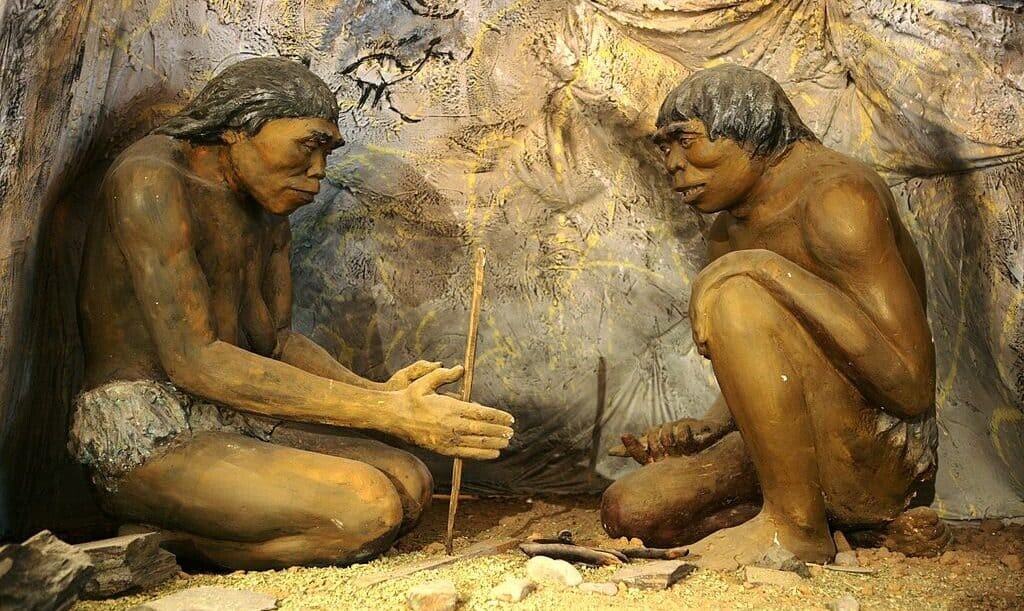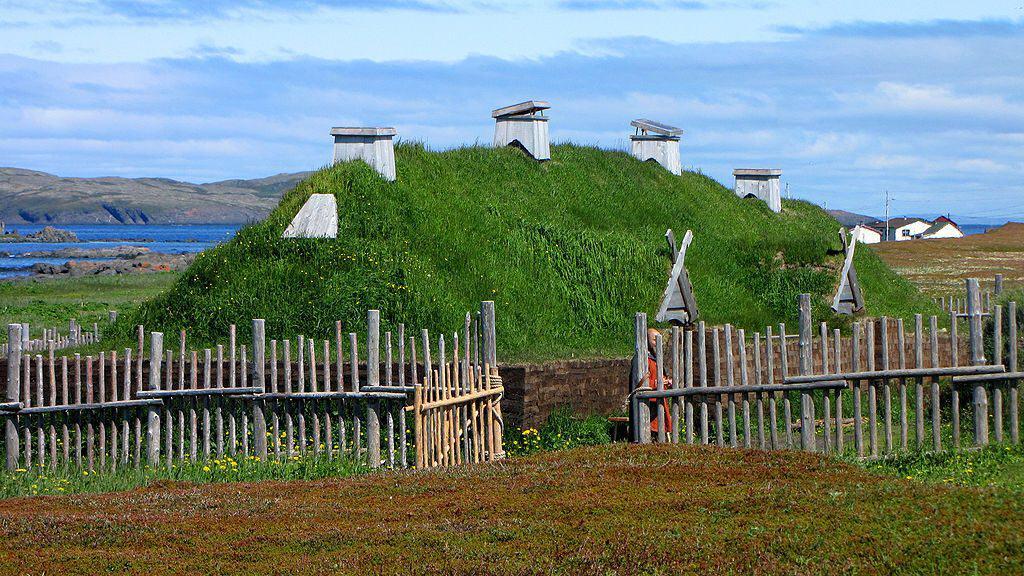Americans officially celebrate the annual holiday of Columbus Day on the second Monday of every October. Before 1970, celebrations always occurred on the very day that Christopher Columbus discovered the new world – October 12th. It was on this day in 1492 that the Italian explorer thought he had arrived in Japan, only in actuality to have found the American continent. This is what history reflects. For 500 years, educators taught that Columbus discovered America. Perhaps by now, the fact that he was not the first to step foot in the Americas may be well established. However, what is less certain is who really discovered America first?

Theories About Who Really Discovered America
Saint Brendan
According to local legend, Saint Brendan was an Irish monk that lived sometime in the 6th century. In ancient Irish folklore, Brendan departed for the distant shores of America in a wooden framed boat covered in hardened animal skins. While records indicate that there was a monk named Brendan, no real evidence exists of a voyage to America. He did travel a lot in Europe though. In 1976, Tim Severn wanted to prove that such a trip across the Atlantic was feasible. Severn built a replica of the boat Brendan may have used and he set sail westwards. Severn did end up arriving in Canada.
The Clovis People and…?
Whether Brendan made his voyage or not, scholars believe that until roughly 12,000 years ago, the Bering Strait was a solid land mass that allowed humans to migrate on foot. Scores of humans took advantage of that and made the trek from Siberia to Alaska. These travelers are referred to as the Clovis People. Over the course of several thousand years, they completed the journey which took them to South America. Along the way over time, they deposited evidence of their trip in the form of tools and primitive weapons. All of these archaeological finds were unearthed on the Pacific coastlines. However, someone was leaving similar artifacts along the eastern coast at around the same time.

Norsemen
Few would doubt that among history’s most famed explorers are the Vikings. Even after centuries of seafaring exploits and traditions, it was at around the time of the first millennium that perhaps the most notable of all Vikings, Erik the Red, discovered a frozen green wasteland. He named it Greenland and continued to forge his reputation. Erik had a son that he named Leif Erikson who wanted to carry on his father’s traditions. As soon as he was old enough, Leif did just that. Leif was his father’s son, but it was left to another young Viking explorer called Bjarni Herjólfsson to first capture the imagination.
Herjólfsson originally came from Iceland, but he worked in Norway. He routinely went back to Iceland to visit his parents. However, on one particular trip, he found that his father had gone to Greenland with Erik the Red. Herjólfsson proceeded to sail to Greenland to find his father, but he was caught in a storm that caused him to veer off course. He found new lands in the west where the climate was warm and comfortable. Bjarni Herjólfsson clearly was not anywhere near Greenland. Eventually, he found his way back and made port in Greenland. Although he told his tales of an unknown land of lush grass, hills, and forests, nobody seemed too interested. When Herjólfsson returned to Norway in 1000, he once again told his stories, but this time people paid close attention.
Vinland/L’Anse aux Meadows
Leif Erikson wanted to know about the strange lands, and Herjólfsson was only happy to oblige. Erikson set sail leaving Greenland behind. He found three different islands. The first had familiar terrain of mountains and ice, the second had white sandy beaches backing onto wooded areas. The third and easily the biggest was what experts believe may have been the New Foundland area. The Vikings named it Vineland (or Vinland) and remained all winter long. Scholars believe this was the Viking settlement, L’Anse aux Meadows, discovered by researchers in 1960.

Chinese
Most of the potential for the discovery of America pre-dates Columbus by either hundreds or even thousands of years. The idea that the Chinese beat Columbus by mere decades stems from the British author Gavin Menzies. In his book, 1421: The Year China Discovered America, a theory that a map that Dr. Hendon Harris found in Taiwan was, in reality, an ancient Chinese relic illustrating the lost continent of Fu Sang. The “Harris Map” not only accurately depicted the scale and outline of the American coast, but it also includes notable features such as the Grand Canyon. Menzies not only believes that the Chinese had prior knowledge of America. He believes they had connected with the native culture of the time. A Chinese relic nicknamed the 1418 Map thought to be a world atlas appears to include the North and South American continents on it.
Credit to Christopher Columbus
The answer to who really discovered America is unequivocally the Clovis People who first arrived many thousands of years ago. However, in terms of post-Native American arrivals, why do history books still teach schoolchildren about Columbus? The chances are that his voyages and the fame that arose out of them did more to advertise the New World to would-be colonists much better than anyone may have done so previously. Columbus might have been inspired by tales of those that went before him, but he inspired many more people that came later. Since his journey, he has done more than most to alter the perceptions of the common man. After all, he was right all along. He didn’t fall off the edge of the earth, and the world turned out to be round. And for that, he really does deserve some credit.
You May Also Like:
The Vinland Map: Real or Fake?
Where Did Columbus Land in the Americas?
References:
Whiteout Press
NPR
Live Science
Sites pulled June 10, 2017